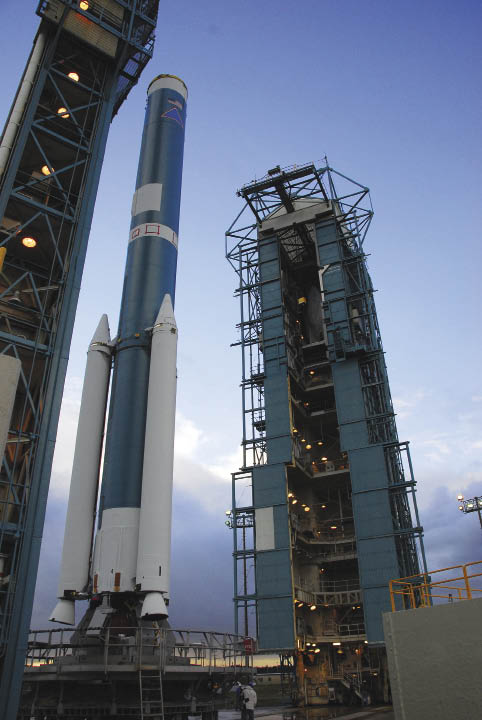Argentine security forces use satellite images to monitor organized crime
activities.
Fighting Drug Trafficking From Space

July 01, 2012

Argentine security forces use satellite images to monitor organized crime
activities.